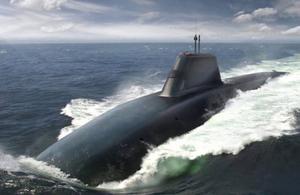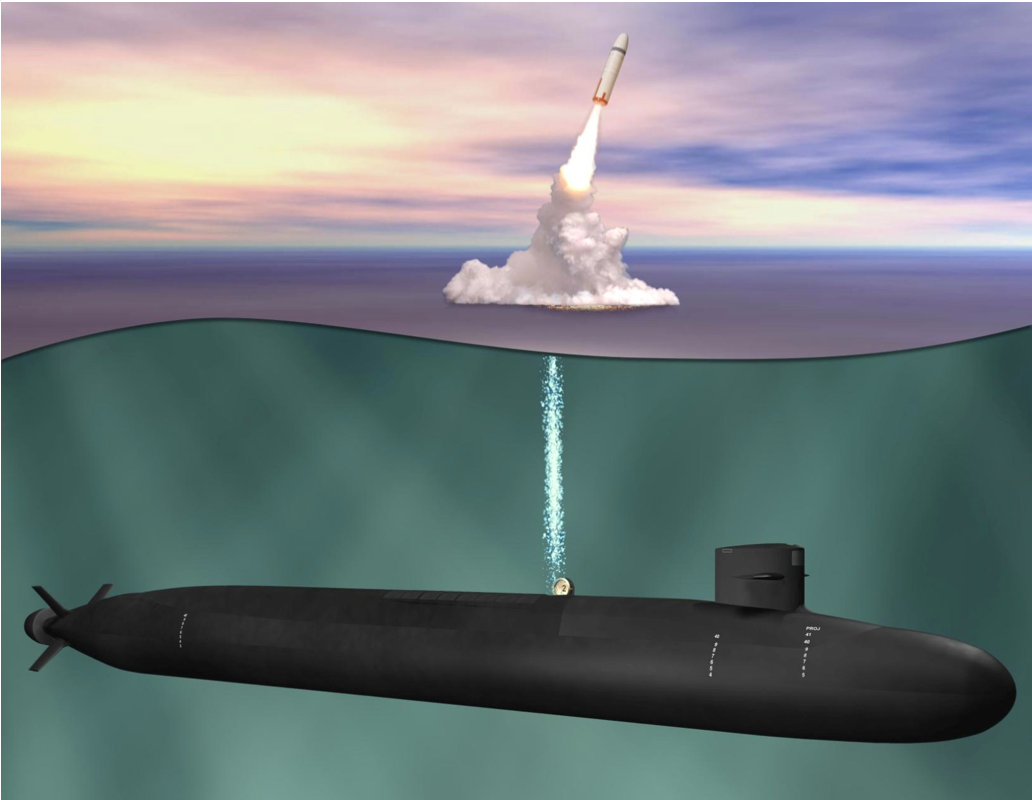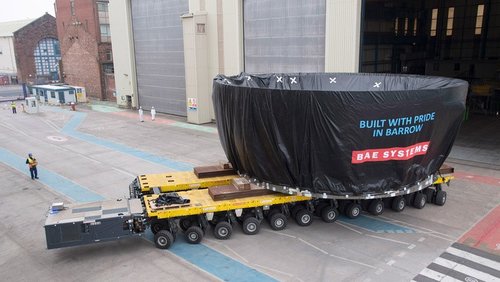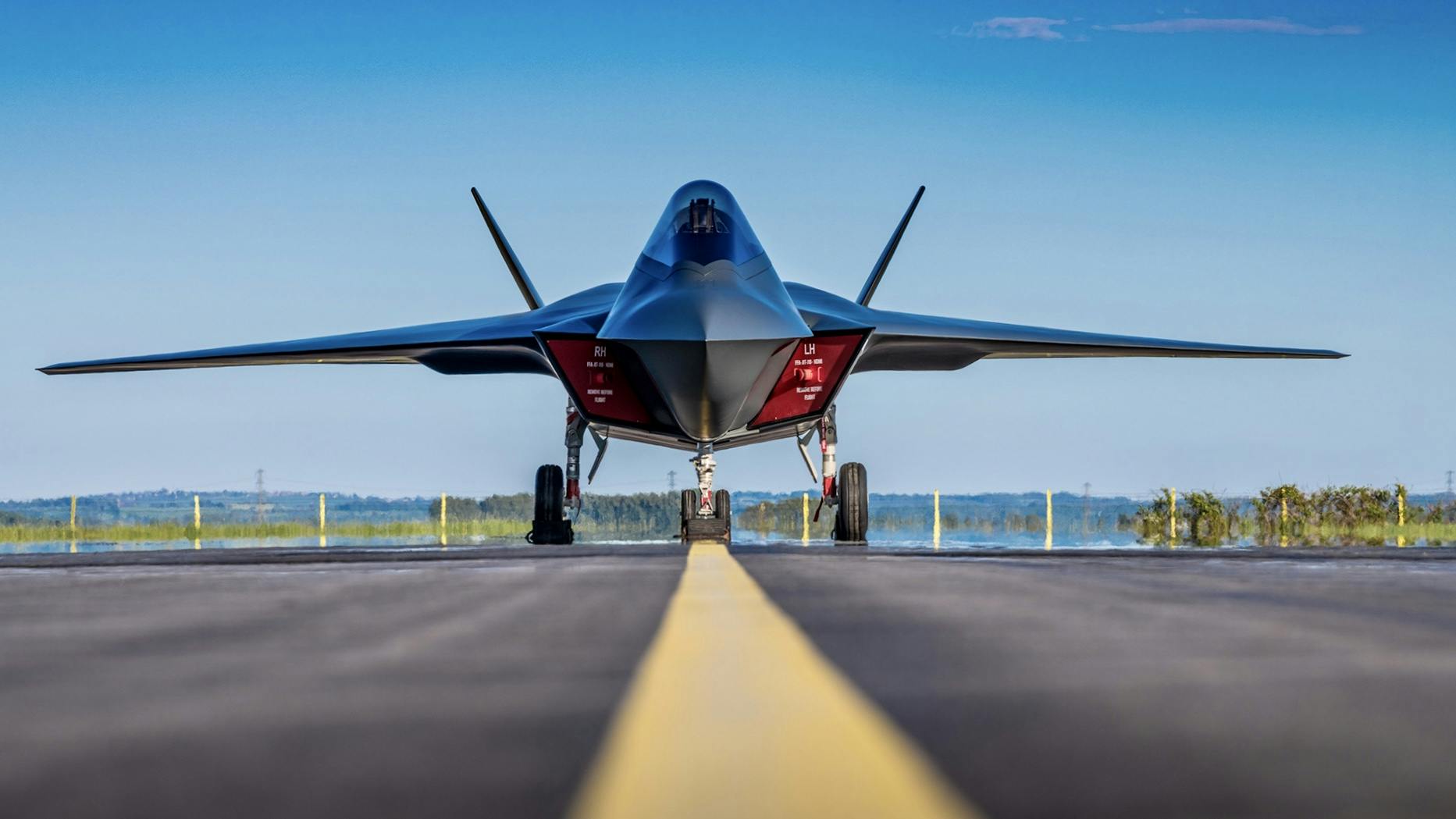- Joined
- 9 October 2009
- Messages
- 21,973
- Reaction score
- 13,622
BAE gets funds to start building new submarines (ft.com, registration may be required.)
JFC Fuller said:which suggests something is driving significant risk.
Abraham Gubler said:JFC Fuller said:which suggests something is driving significant risk.
Politics?
starviking said:Abraham Gubler said:JFC Fuller said:which suggests something is driving significant risk.
Politics?
Of the trans-atlantic kind perhaps?
sferrin said:starviking said:Abraham Gubler said:JFC Fuller said:which suggests something is driving significant risk.
Politics?
Of the trans-atlantic kind perhaps?
What could the US do (realistically) to throw a wrench in things?
starviking said:Abraham Gubler said:JFC Fuller said:which suggests something is driving significant risk.
Politics?
Of the trans-atlantic kind perhaps?
Grey Havoc said:https://breakingdefense.com/2018/08/nuke-sub-launch-tube-problems-found-warning-flags-are-up/
An interesting development that could affect the Type 26 design that I was previously unaware of. GE are thinking of shutting their factory at Rugby that makes the Advanced Induction Motors for the Type 45s, Queen Elizabeths and the Type 26s and moving it to France. It's not just the issues around the factory but the IP involved and security issues.
https://www.savetheroyalnavy.org/cl...tens-supply-of-royal-navy-propulsion-systems/

CASD50 provides a chance to not only remember the national endeavour of the past half century but to look to the next-generation of ballistic missile submarines, the Dreadnought class. This will consist of four boats helping to ensure the security of generations to come. The Dreadnought-class are expected to enter service in the early 2030s, helping to maintain Operation Relentless.Operation Relentless has seen generations of submariners from HMS Resolution to HMS Vengeance on constant watch, for every minute of every day for the last five decades. This is the longest military operation we have ever undertaken and continues right this minute deep under the sea.
We pay tribute to those incredible crews, their supportive families, the Royal Navy and the thousands of industry experts who will continue to sustain this truly national endeavour for many years to come.
It is estimated that around 30,000 people are involved in building and supporting nuclear submarines across the UK. Maintaining this skilled workforce helps to invest millions of pounds into local communities and ensures the UK continues to boast a highly-skilled workforce in this sector.For half a century, the Royal Navy has always had at least one ballistic missile submarine at sea on patrol, safeguarding the ultimate guarantor of our country’s security – and that of our NATO allies too. Today, as we pause to reflect on the significance of this 50-year milestone in our proud history of submarine operations, and the national endeavour that underpins it, we are also looking to our future.
Today’s announcement that the fourth of our future ballistic missile submarine fleet will be named HMS King George VI follows a long tradition of naming capital ships after our country’s monarchs; together with her sisters Dreadnought, Valiant and Warspite these submarines represent the cutting edge of underwater capability and will meet the awesome challenge of continuous at sea deterrence into the second half of the 21st century.

BWXT May Stop Making SSBN Missile Tubes, Leaving Single Supplier - USNI News
When BWX Technologies executives are not sure about building submarine missile tubes in the future, highlighting the defense industrial base's fragility.news.usni.org

Columbia, Ohio Subs On Schedule, Despite Missile Tube Problems - Breaking Defense
The company that has experienced slip-ups in delivering missile tubes to the Navy might leave the business, leaving only a single company who can do the work.breakingdefense.com
Ibid - #83
DOT&E says Navy found risk in Columbia design that could affect operational effectiveness
Early operational testing of the Columbia-class submarine's design turned up risks that may affect the ship's operational effectiveness and suitability, a new report by the Pentagon's top weapons tester revealed

Defense Secretary Esper says nuclear missile sub is ‘the Navy’s bill,’ setting up a fight with Congress
Despite years of warnings of the consequences to Navy shipbuilding it it was forced to pay for the new Columbia class ballistic missile submarine alone, Defense Secretary Esper says it's the Navy's bill to pay.www.defensenews.com

Three British nuclear programs are $1.67 billion over budget
A parliamentary committee says the government has admitted that costs on three nuclear projects “could keep rising, as its poor contract design has left the taxpayer to assume financial risk, while doing little to incentivize contractors to improve their performance.”www.defensenews.com
The other two programs investigated by the Public Accounts Committee are based at the Rolls-Royce reactor-core production capability facilities at Raynesway, near Derby, England, and at BAE Systems’ submarine-building yard at Barrow.
The cost of the Rolls-Royce facility being built to equip the upcoming Dreadnought-class of nuclear missile submarines with a new reactor design was forecast at £474 million, with a completion target date of 2026. The National Audit Office found that date to be 5.1 years behind schedule.
The future sub-building facility at BAE Systems’ Barrow location is expected to cost £240 million, with a completion date of 2022. The new facility is to allow for the modular build of the four Dreadnought-class submarines destined to replace the Royal Navy’s Vanguard boats. The National Audit Office estimated that BAE’s infrastructure project is 1.7 years behind schedule under that completion date.
The watchdog also said in its report that despite earlier challenges, the projects had made progress in later stages. All programs are in their fitting-out stage.
A Rolls-Royce spokesperson noted that the creation of a new, nuclear-regulated facility is “a highly complex and intricate project."
“Our existing facilities have been in use since the 1950s, so this really is a once-in-a-generation construction project, and we’re working closely with the MoD to ensure this important facility faces no further delays,” the spokesperson said.
A BAE spokesperson said the company had not seen the report and therefore was unable to comment.

Navy Gets $10.4B For Columbia Subs As Missile Tubes Fixed; Congress Keeping Service On Tight Leash - Breaking Defense
House committee wants to hold money back from DoD until it delivers shipbuilding plans, while putting the breaks on armed unmanned surface ships.breakingdefense.com

The newest section of the first Dreadnought submarine to be built at BAE Systems’ yard in Barrow has been moved, as work on the first of class continues.

Vanguard Class routinely patrol with only 12 missiles, and thats unlikely to change in the future, no need for tubes that cost money and maintenance time if they're never going to be full. Same reason for the Colombia Class only having 16 tubes rather than 24. If we need to get more warheads to sea in the future it would be by MIRVing more of the missiles.I've been reading various bits about the Dreadnought class. I've read that the reactor will be a PWR3, however the power rating is not mentioned. As it is based on US practices will there be an increase in power over previous RN SSBN?
Also what is the reason for the reduction in the number of missiles from the 'traditional' 16 to 12? And why has there not been a proportional size reduction; I presume it's to improve the habitability?

 ukdefencejournal.org.uk
ukdefencejournal.org.uk
A wine cellar.Something that i've noticed on the French SSBN is there is a gap between two sets of 8 missiles, what do the French have in that gap that the RN and USN dont have on their SSBN?
You do have to love France. I think this might be....A wine cellar.Something that i've noticed on the French SSBN is there is a gap between two sets of 8 missiles, what do the French have in that gap that the RN and USN dont have on their SSBN?
Meh, probably but its doesn't alter the material facts of the story.Are there any other views available?
Of course, it's space for the magic potion!!!!You do have to love France. I think this might be....A wine cellar.Something that i've noticed on the French SSBN is there is a gap between two sets of 8 missiles, what do the French have in that gap that the RN and USN dont have on their SSBN?
